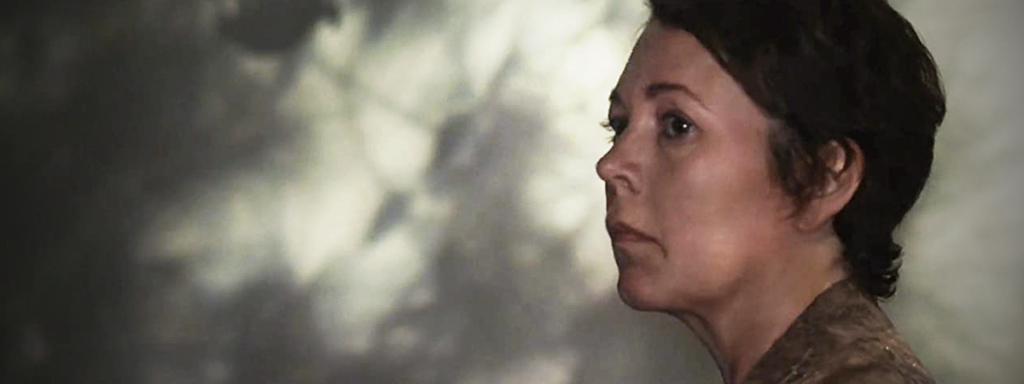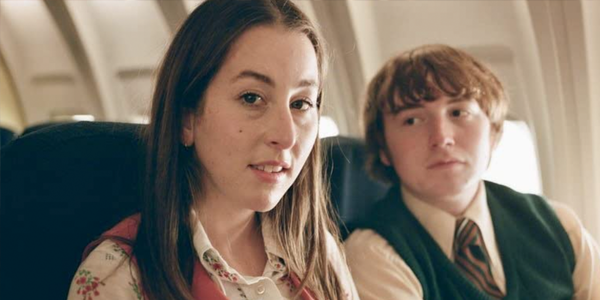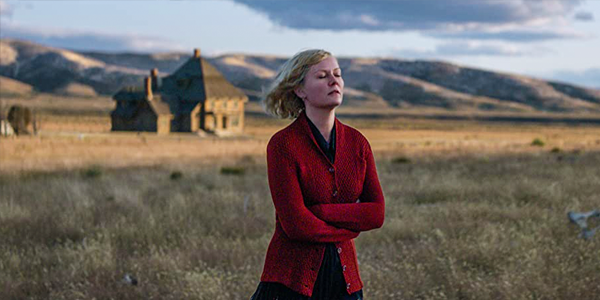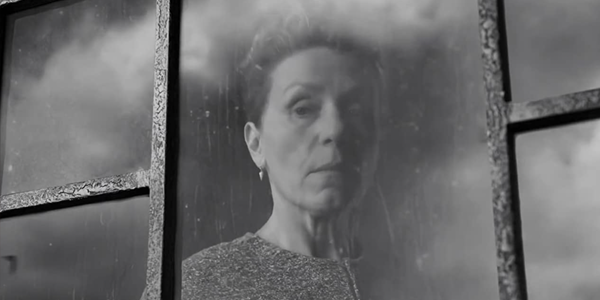
review | The Lost Daughter
Maggie Gyllenhaal’s directorial debut may be uncomfortable to watch, both emotionally & visually, but proves worth the investment
by Roger Kanno
March 14, 2022
Maggie Gyllenhaal is known for taking chances as an actor. She has portrayed diverse characters in a variety of genres from blockbusters like The Dark Knight to art-house films such as Secretary and the critically acclaimed Crazy Heart. And she continues to take chances, but this time as a first-time director and the screenwriter of The Lost Daughter, based on the novel of the same name by Elena Ferrante. This unnerving psychological drama stars Olivia Coleman as Leda, a literature professor on holiday in Greece who develops a strange fascination with a young mother, Nina (Dakota Johnson) and her daughter, Elena (Athena Martin). And in a series of flashbacks, we see how the young Leda, played by Jessie Buckley, struggled in raising her two daughters and how observing Nina interacting with Elena stirs up painful memories.
Scenes with the young Leda and her daughters are often difficult to watch as she wrestles to reconcile her yearnings for freedom with the love she feels for them. Buckley is certainly deserving of her Oscar nomination for this film, but previous Oscar-winner Coleman, who is again nominated for her portrayal of Leda, is uncannily convincing as the socially awkward and tormented mother. You can feel the discomfort seething below her character’s surface as she reacts to the actions of others with a mild look of disdain or scorn that masks a much deeper, psychological pain. There are other fine performances including a memorably poignant turn by Ed Harris as the caretaker of the vacation property who tries to befriend Leda and Peter Sarsgaard, Gyllenhaal’s real-life husband who plays a highly regarded literary colleague from Leda’s past.
Fellow Cineluxe reviewer Dennis Burger lamented that the loving cinematography of Paul Thomas Anderson’s Licorice Pizza, which was shot on 35mm film, suffers from a lackluster 1080p SDR video presentation and deserves 4K UHD treatment. The Lost Daughter’s cinematography is much less complex as is understandable for an independent film with a modest budget. The standard HD picture quality on Netflix was more than adequate for the uncluttered and straightforward cinematography, even though at times I wished for a bolder visual statement.
What can be disconcerting is the handheld camera work and many closeups with short depth of field. This often results in only foreground objects or backgrounds being in focus with an unsteady framing that can be visually distracting, especially on a large screen. The closeups of faces are simultaneously intimate and uncomfortable to watch, but do provide a window into the emotions of the characters, including the deeply buried feelings that haunt Leda. So while the shaky, slightly claustrophobic picture may be at times distracting, it is crucial to the narrative and our understanding of the characters.
The 5.1-channel audio presentation is also quite serviceable, although only the front three channels remained active throughout most of the film. For instance, during a party scene, Bon Jovi’s “Livin’ on a Prayer” plays almost entirely from the front channels with very little music emanating from the surrounds. There were also no ambient sounds of conversations or clinking of cutlery and dishes, which would have enhanced the auditory experience. Nonetheless, dialogue was always intelligible and I had no difficulty in following the storyline as it unraveled the complicated relationships between the characters through their conversations.
Olivia Coleman’s masterful performance as Leda will stay with me for a long time, but much of this film’s impact can also be attributed to the supporting performances and Maggie Gyllenhaal’s talented direction and screenplay. It may be unsettling to watch at times, but The Lost Daughter reminds us of just how complex and fractured family relationships can be and is well worth seeking out.
Roger Kanno began his life-long interest in home cinema almost three decades ago with a collection of LaserDiscs and a Dolby Surround Pro Logic system. Since then, he has seen a lot of movies in his home theater but has an equal fascination with high-end stereo music systems. Roger writes for both Sound & Vision and the SoundStage! Network.
PICTURE | The standard HD picture quality is more than adequate for the uncluttered and straightforward cinematography
SOUND | The 5.1-channel audio presentation is also quite serviceable, although only the front three channels remain active throughout most of the film
© 2025 Cineluxe LLC




